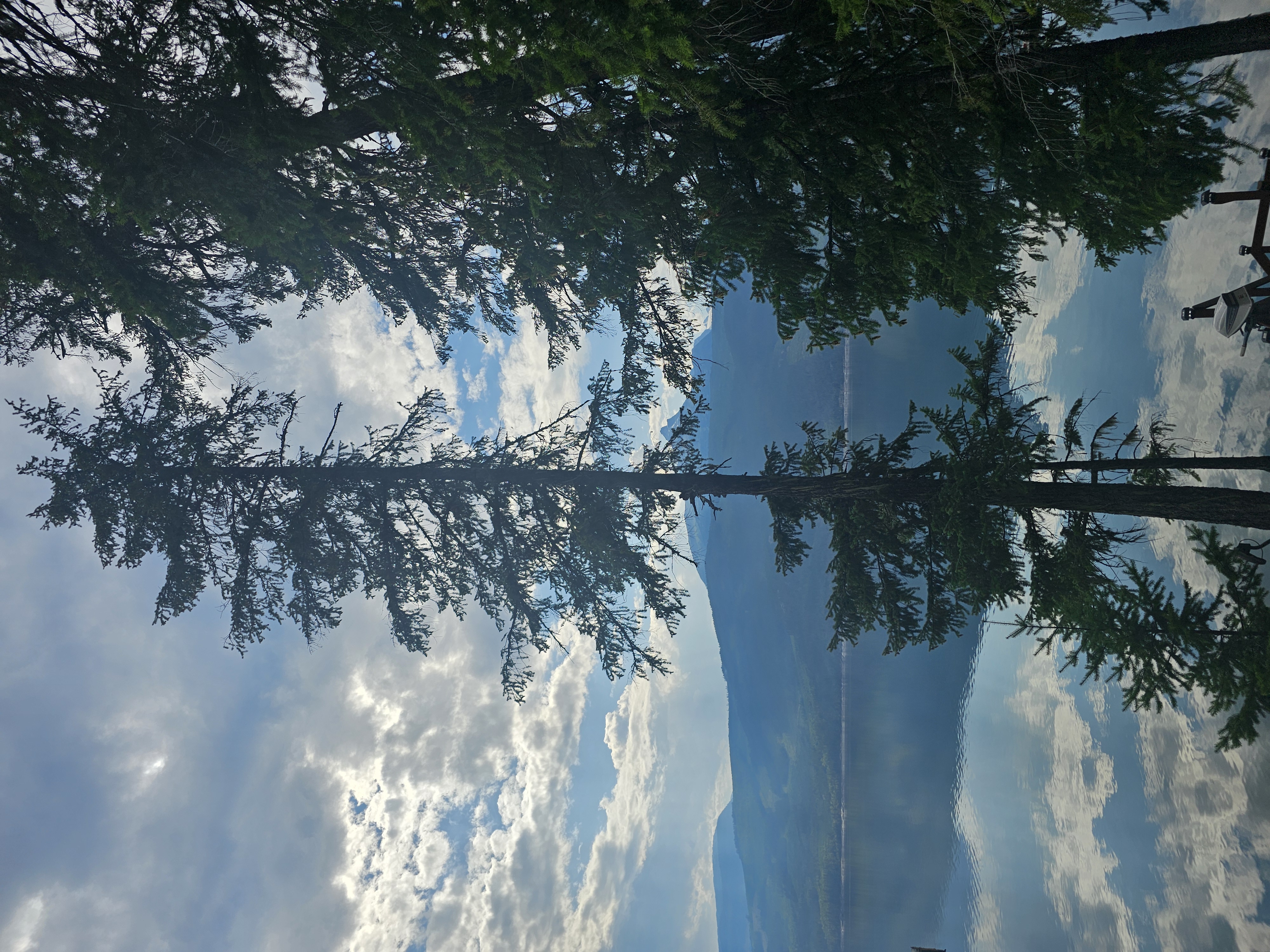Sacred Waters That Built Entire Civilizations

Long before humans understood the science of geothermal activity, they discovered something miraculous: pockets of water emerging from the earth already warm, often bubbling, and frequently possessing unusual mineral properties. These natural hot springs became some of humanity’s first healing centers, spiritual gathering places, and eventually, the foundation for entire settlements that would grow into cities that still thrive today.
Our relationship with hot springs dates back to prehistoric times. Archaeological evidence suggests humans have been using thermal waters for at least 10,000 years. The oldest known deliberately constructed hot spring pool, discovered in Pompeii, Italy, dates to approximately 6,000 years ago—long before the Romans would later perfect the art of bathing.
Ancient Civilizations and Their Thermal Obsessions
The Greeks were among the first to document hot springs’ therapeutic benefits. Around 500 BCE, Hippocrates—often called the father of modern medicine—prescribed bathing in and drinking spring waters for various ailments. His writings detailed specific springs for specific conditions, an early form of specialized medical treatment.
But it was the Romans who truly elevated hot spring culture to an art form. Their extensive empire was strategically expanded to capture and control notable thermal sites. In conquered territories like Britain, Germany, and Turkey, they built elaborate bathhouses that served as combination health centers, social clubs, and political gathering places.
Bath, England—originally called Aquae Sulis by the Romans—exemplifies this phenomenon. The settlement grew from a small Celtic shrine near thermal springs into a major Roman center, eventually evolving into the modern city we know today. The original Roman baths, built in 70 CE, remain remarkably intact, providing a window into this ancient wellness culture.
Eastern Traditions Take Their Own Path
While European civilizations built architectural marvels around their hot springs, Japanese culture developed a distinctly different approach. Their onsen tradition, dating back at least to the 8th century, emphasized simplicity and harmony with natural surroundings. Early Japanese chronicles record imperial figures visiting hot springs for their healing properties.
The oldest continuously operating hot spring hotel in the world, Nishiyama Onsen Keiunkan in Japan, opened its doors in 705 CE and has remained in business for over 1,300 years—a testament to the enduring power of these natural resources to sustain commerce.
In China, the therapeutic use of hot springs was documented as early as the Qin dynasty (221-206 BCE). Records describe how wounded soldiers were sent to recover in mineral-rich waters. Chinese medical texts from this period detail specific mineral compositions and their corresponding health benefits—surprisingly accurate observations despite limited scientific tools.
Beyond Healing: Springs as Spiritual Centers
Native American tribes throughout North America considered hot springs sacred places where physical and spiritual healing occurred simultaneously. The area now known as Hot Springs, Arkansas, was neutral territory where warring tribes would lay down weapons to share access to the therapeutic waters.
This sacred aspect wasn’t unique to indigenous Americans. In ancient Iceland, thermal areas featured prominently in Norse mythology. New Zealand’s Māori people built communities around geothermal zones, not just for warmth and cooking but because they believed these places had special spiritual significance.
Many thermal sites worldwide bear names that reflect their perceived divine connections: Bath’s original name “Aquae Sulis” honored the Celtic goddess Sulis; Japan’s most famous hot spring region is called “Beppu,” meaning “god’s fire water.”
From Folk Medicine to Modern Wellness
During the European Middle Ages, hot springs fell somewhat out of favor as Christian authorities became suspicious of bathing practices associated with pagan traditions. Many formerly bustling thermal sites were abandoned or repurposed.
The Renaissance brought renewed interest in thermal healing, now approached with more scientific curiosity. By the 18th century, “taking the waters” had become fashionable among European aristocracy. Towns like Baden-Baden in Germany, Vichy in France, and Karlovy Vary in the Czech Republic developed into sophisticated resort destinations.
Modern science has largely validated what ancient peoples intuited. We now understand that many hot springs contain minerals like sulfur, calcium, and magnesium that can indeed provide therapeutic benefits for certain conditions. The heat itself improves circulation and relaxes muscles—exactly as traditional healers claimed.
The Legacy Continues
Today, hot springs remain powerful economic engines. Towns like Rotorua (New Zealand) and Blue Lagoon (Iceland) have built entire tourism economies around their thermal resources. The global spa industry, worth over $100 billion annually, traces its origins directly back to these natural phenomena.
Perhaps most remarkably, despite all our technological advancements, we continue returning to these simple bubbling pools. In our digital age, the appeal of sitting in naturally heated water—just as our ancestors did thousands of years ago—has not diminished but grown stronger.
The story of hot springs is ultimately the story of humanity itself: our ingenuity in harnessing natural resources, our search for healing, and our creation of community spaces. These sacred waters didn’t just treat ailments—they truly built civilizations.
You can have your own paradise at www.privatehotsprings.com
